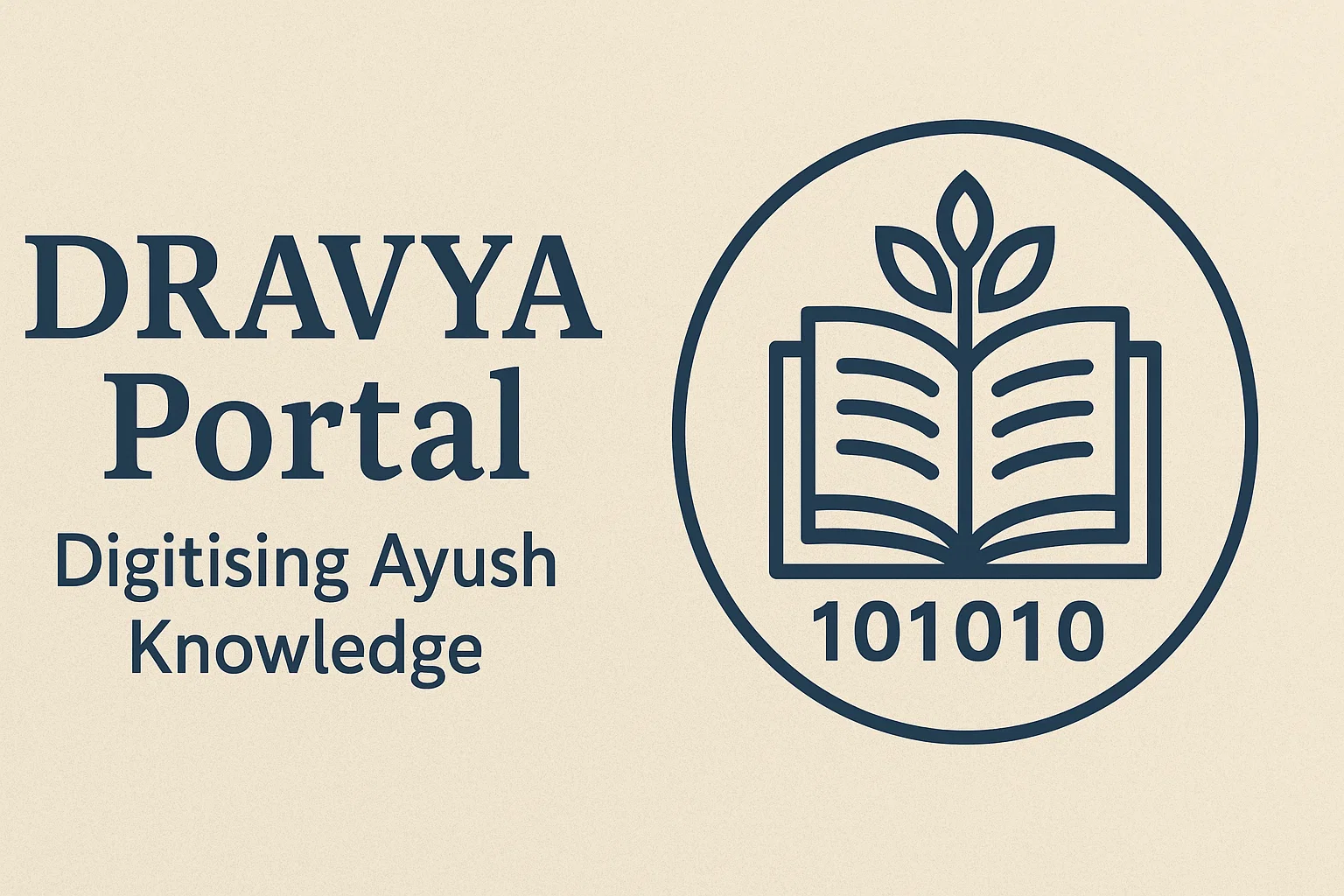Foreign Universities Enter India
How will foreign universities impact higher education?
Context: India is witnessing a major shift in its higher education landscape as several foreign universities prepare to establish branch campuses on Indian soil.
What is the Current Status?
- So far, seven institutions from the UK, five from Australia, and one each from the United States, Italy, and Canada have initiated or completed the approval process.
- Most of these campuses will be based in GIFT City (Gujarat International Finance Tec-City) and Navi Mumbai.
- While India has aimed to attract global institutions for over a decade, the National Education Policy (NEP) 2020 gave fresh momentum to this goal.
- The government has since operationalised this vision by approving the University Grants Commission (UGC) Regulations 2023 for the establishment of foreign higher educational institutions (FHEIs) in India.
NEP 2020 and Foreign Universities in India
The National Education Policy (NEP) 2020 supported by University Grants Commission (UGC) guidelines, allows top-ranked foreign higher education institutions (HEIs) to establish campuses in India. Only foreign universities ranked in the global top 500 (overall or subject-wise) or those with exceptional expertise in specific fields are eligible to apply for setting up campuses in India. The UGC determines and updates these criteria periodically. The UGC provides autonomy to these institutions regarding academic, administrative, and financial operations. They must comply with Indian laws (such as FEMA and FCRA), submit annual audits, and can operate as either non-profit or for-profit entities. GIFT City in Gujarat has emerged as a flagship international education hub, offering regulatory and tax incentives to attract foreign universities. Deakin University (Australia) and University of Wollongong (Australia) are among the first to set up campuses in GIFT City, Gujarat. The University of Southampton (UK) is opening a campus in Gurugram, Haryana. In 2025, Letters of Intent were issued to five globally reputed universities: University of York, University of Aberdeen, University of Western Australia, Illinois Institute of Technology, and Instituto Europeo di Design (Italy), with operations expected to begin between 2026 and 2027.
Why Are Foreign Universities Setting Up Campuses in India?
- Shifting Dynamics: The expansion is largely driven by shifting global higher education dynamics.
- Global North: Countries in the Global North—such as the UK, US, Canada, and Australia—witnessed a surge in higher education demand post-World War II.
- However, falling birth rates over the past two decades have led to stagnating or declining domestic student enrollments.
- Infrastructure and Funding: With overbuilt infrastructure and reduced public funding, foreign universities began depending heavily on international students for both enrollment and revenue.
- Foreign Students: UK universities now enroll international students at 22% of their total intake.
- Australia’s share is 24%, while Canada’s is around 30%.
- In the US, although international students make up just 6% of total university enrollments, they account for over 27% at elite Ivy League institutions.
- Recent Changes: But 2023–24 saw a sudden shift. Countries like Canada and Australia introduced strict caps on international student admissions, while the UK’s new student visa rules in 2024 further limited inflows.
- India: With traditional student pipelines narrowing, India has emerged as a strategic alternative.
Brain Drain and India
Brain drain refers to the emigration of highly skilled and educated individuals from their home country to other nations in search of better job opportunities, higher salaries, advanced research facilities, and improved quality of life. In 2024 alone, over 600,000 people left India, with major destinations including the United States, Canada, Australia, the United Kingdom, and several European and Gulf countries.
- Its young population, growing economy, and increasing education aspirations make it a promising market for global universities looking to diversify revenue streams and maintain global presence.
What are the Key Challenges for Foreign Universities in India?
- Affordability Gap: India’s higher education market is massive in volume (over 40 million students) but constrained by the limited spending capacity of average households.
- However, rising incomes and an expanding middle class suggest that the demand for high-quality, premium education will likely grow in the coming years.
- Lack of High-Quality Domestic Alternatives: A handful of public institutions (like the IITs and IIMs) and a few private universities offer global-standard education. But the vast majority remain mediocre or under-resourced.
- Foreign branch campuses can help fill this quality gap and meet the growing demand for international-caliber programs.
- Shifting Student Preferences: While many Indian students still seek international degrees as a pathway to migration, an increasing number prefer to stay and work in India.
- Foreign branch campuses will cater to this segment, offering globally recognised degrees without the cost and logistics of studying abroad.
What is the Way Forward?
-
Enhancing Affordability and Accessibility:
-
-
- Scholarships & Aid: Deakin University (Australia) offers scholarships for Indian students at its GIFT City campus.
- Phased Fees: Introduce income-based tiered fee structures for wider access.
- PPPs: Use public-private partnerships to cut costs and scale operations.
-
-
Ensuring Quality and Relevance:
-
-
- Localised Curriculum: Align global courses with India’s emerging job sectors.
- Industry Ties: Build strong industry links for internships and placements.
- Faculty Exchange: Involve international faculty to raise academic standards.
-
-
Regulatory and Policy Support:
-
-
- Fast Approvals: Singapore’s ESG (EduTrust) certification model could be adopted to fast-track approvals for foreign universities.
- Incentives: Extend tax and land benefits beyond GIFT City to key hubs.
- Profit Rules: Allow limited profit repatriation to attract investment.
-
-
Strengthening India as a Global Education Hub:
-
-
- Joint Degrees: Promote dual programs with top Indian institutions.
- Research Push: ETH Zurich (Switzerland) collaborates with Indian agri-tech firms for climate-resilient crops—similar models can be replicated.
- Work Visas: Offer post-study work options to retain graduates.
-
-
Addressing Student Concerns:
-
- Degree Recognition: Ensure Indian branch degrees match global credibility.
- Mobility Options: Provide pathways to transfer to home campuses.
- Cultural Fit: Blend global education with local cultural inclusivity.


